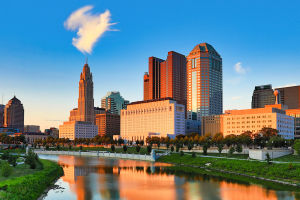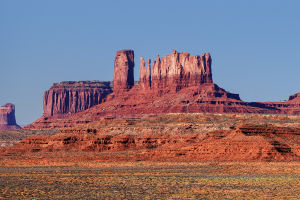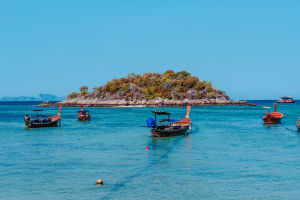Grand Teton National Park is a majestic destination, known for its breathtaking mountain views, diverse wildlife, and serene lakes. Located in northwest Wyoming, the park covers over 310,000 acres, offering a haven for nature lovers, adventure seekers, and those simply looking for a peaceful escape.
Here's everything Lykkers needs to plan a memorable trip to this natural wonder.
Getting There
Grand Teton National Park is accessible via Jackson Hole Airport, located inside the park, about 5 miles from Jackson. Daily flights are available from major U.S. cities, making travel convenient. Alternatively, road trips are an excellent way to enjoy the stunning landscapes en route. If driving, the park is about a five-hour drive from Salt Lake City, Utah, or a two-hour drive from Idaho Falls.
Entry Fee and Park Hours
The entry fee is $35 per vehicle, valid for seven days. For pedestrians or cyclists, the fee is $20. The park is open year-round, though certain facilities and roads close seasonally, especially during winter months. It’s best to check the park’s official website for up-to-date information on operating hours and seasonal closures.
Best Times to Visit
Grand Teton’s beauty varies with the seasons. Summer (June to August) is ideal for hiking and outdoor activities, with mild weather and accessible trails. Fall, from September to October, offers cooler temperatures and incredible autumn foliage, with golden aspens enhancing the park's landscapes. Winter brings snow-covered peaks, and the park becomes a playground for snowshoeing and cross-country skiing enthusiasts. Spring, though quiet, showcases blooming wildflowers and emerging wildlife.
Activities and Attractions
1. Hiking
With over 200 miles of trails, the park offers something for everyone, from easy paths like the Jenny Lake Loop to more challenging treks like the Cascade Canyon Trail. For Lykkers looking to enjoy scenic views, the Taggart Lake Trail is a popular choice, providing a gentle walk with rewarding lake views.
2. Scenic Drives
The Teton Park Road and Jenny Lake Scenic Drive offer panoramic views of the Teton Range. These drives are especially popular in fall when the foliage is at its peak. For an extended route, the nearby Snake River Overlook provides one of the most photographed views of the Tetons.
3. Boating and Fishing
Jenny Lake, Jackson Lake, and other smaller lakes within the park allow boating, canoeing, and kayaking. Boating permits are required and can be purchased at visitor centers. Anglers can enjoy fishing in designated areas with a Wyoming fishing license, available online.
4. Wildlife Watching
Home to diverse wildlife, Grand Teton offers opportunities to see animals in their natural habitat. Early morning and late evening are the best times for spotting moose, deer, elk, and bears. Remember to maintain a safe distance for safety and conservation purposes.
5. Photography
With stunning landscapes, wildlife, and clear skies, Grand Teton is a photographer’s dream. Oxbow Bend, Schwabacher’s Landing, and Mormon Row are iconic spots to capture unforgettable images.
Accommodation Options
Grand Teton offers a range of accommodation options, from luxurious lodges to budget-friendly campgrounds. The Jackson Lake Lodge and Jenny Lake Lodge provide scenic views and cozy amenities. For a more rustic experience, there are numerous campgrounds in and around the park. Reservations for both lodges and campgrounds are recommended, especially during peak season.
Dining
Dining within the park includes restaurants at Jackson Lake Lodge and Signal Mountain Lodge, offering local flavors and classic American dishes. For a wider selection, nearby Jackson town has various dining options, from cafes to fine dining.
Tips for Visiting
Weather Preparedness: Weather in the mountains can change rapidly, so it’s best to layer clothing.
Stay Safe: Follow all park guidelines, especially regarding wildlife encounters.
Book Early: Accommodation and guided tours fill up quickly, so plan in advance.


